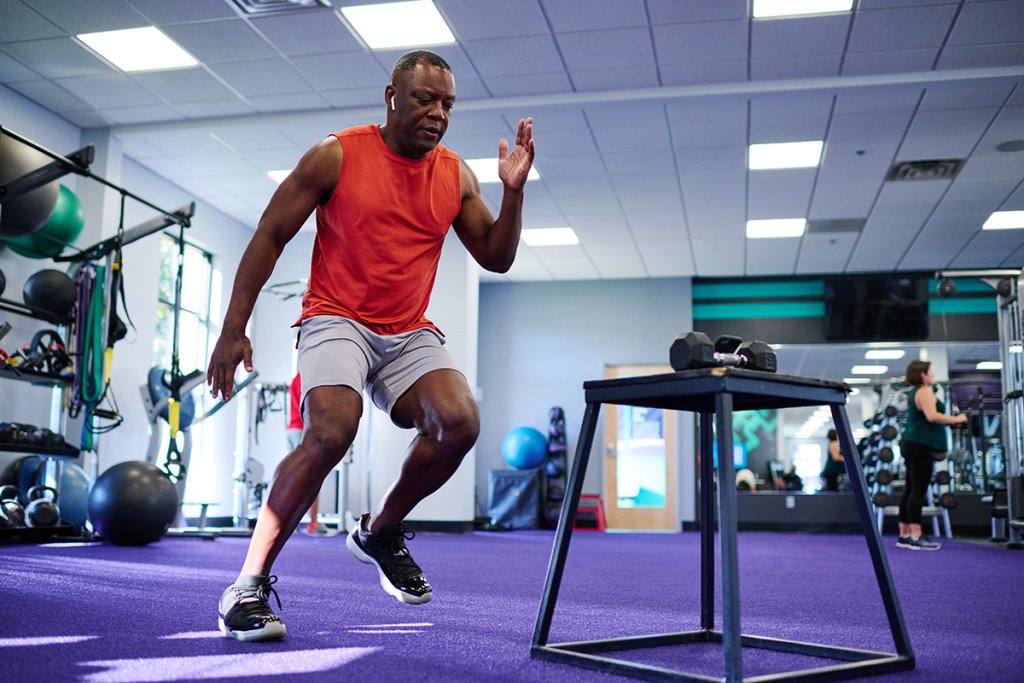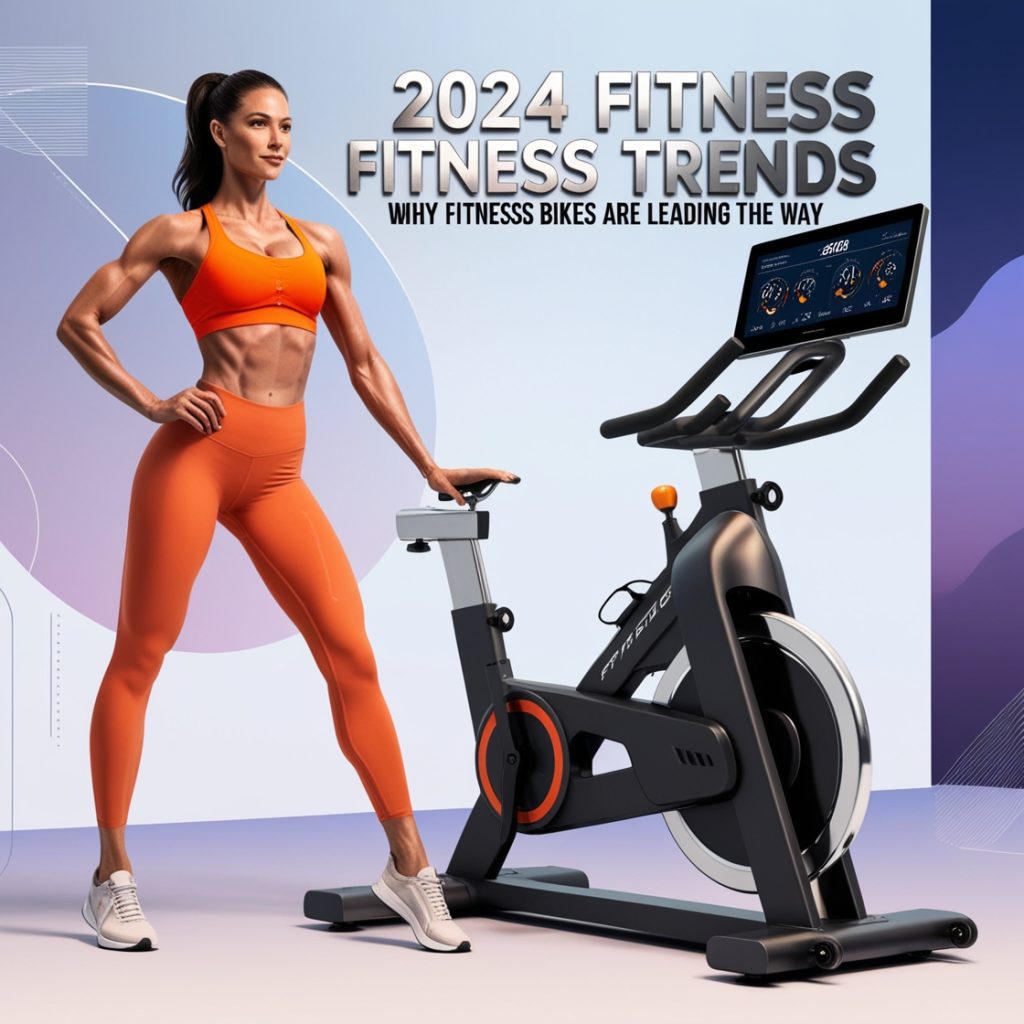Fitness Bike Workouts: Tips for Maximizing Your Indoor Cycling Sessions. Indoor cycling has become one of the most popular ways to stay fit, and for good reason. A fitness bike offers a full-body workout that targets the legs, core, and cardiovascular system—all from the comfort of your home. Whether you’re a seasoned cyclist or a beginner, indoor cycling is an excellent way to burn calories, improve endurance, and boost overall fitness. To make the most of your time on the bike, there are a few key strategies and tips that can help you maximize your workouts. Let’s dive into some expert tips for getting the best results from your fitness bike sessions.
1. Warm Up Properly

Before jumping into your workout, it’s important to warm up your body. A proper warm-up prepares your muscles and joints for the intensity of your cycling session, reducing the risk of injury and improving your performance. Start with a gentle, low-resistance ride for 5 to 10 minutes to gradually increase your heart rate. This will help loosen your muscles and get your blood flowing to key areas such as your legs and core.
You can also incorporate dynamic stretches while on the bike, such as gentle leg swings or hip rotations, to improve flexibility. Warming up properly will ensure that you’re ready to tackle more challenging intervals and help you cycle more efficiently.
Conclusion: Always warm up for at least 5-10 minutes before you begin your workout. This will ensure that your muscles are prepared, and it will improve your performance during your fitness bike session.
2. Focus on Proper Form
Good form is crucial when cycling, whether you’re aiming for a high-intensity interval workout or a steady-paced ride. Poor posture can lead to unnecessary strain on your lower back, hips, and knees, ultimately diminishing your workout and potentially causing injury.
Here are some key pointers for maintaining proper form:
- Sit upright or slightly forward to keep your back straight and your core engaged.
- Adjust your seat to the correct height—your knees should have a slight bend when your pedals are at the lowest point. This will prevent knee strain and allow for more efficient pedaling.
- Relax your upper body and keep your hands light on the handlebars, avoiding excessive tension in your shoulders, neck, and arms.(Read More: Blissful Tips ).
By focusing on proper form, you’ll not only avoid injury but also get more out of each pedal stroke, ensuring a more effective workout.
Conclusion: Proper form is essential for both safety and performance. Always pay attention to your posture, pedal technique, and seat adjustments to maximize your cycling benefits.
3. Incorporate Interval Training

One of the best ways to get more from your fitness bike workout is by incorporating interval training. High-intensity interval training (HIIT) involves alternating between periods of high-intensity effort and low-intensity recovery. This method boosts cardiovascular fitness, burns fat more effectively, and helps improve stamina in a shorter amount of time. (Read More: Wellness Unleashed Hacks Edition).
A simple example of a HIIT session on your fitness bike might look like this:
- 30 seconds of intense cycling at a high resistance (go as fast as you can!)
- 1 minute of light pedaling to recover
- Repeat for 20–30 minutes
You can adjust the intervals based on your fitness level, increasing the intensity and duration of the work intervals as you progress.
Conclusion: Interval training is one of the most effective ways to maximize your workout. Alternating between high and low-intensity intervals will keep your body challenged and help you reach your fitness goals faster.
4. Track Your Metrics for Progress
Tracking your performance during your fitness bike sessions can help you stay motivated and monitor your progress. Most modern fitness bikes come with built-in tracking features, allowing you to monitor key metrics like speed, resistance, calories burned, distance, and heart rate. Many bikes also integrate with apps that provide detailed insights into your performance and workout history.(Read More: Trend Tone Shape Up Success).
If your bike doesn’t have a built-in tracker, you can use a fitness tracker or heart rate monitor to measure your heart rate and calorie burn more precisely. Monitoring your progress helps you stay focused on your fitness goals, whether you want to increase your endurance, burn more calories, or cycle faster.
Conclusion: Tracking your workout metrics will keep you motivated and informed. Use built-in features or fitness trackers to monitor your performance and make adjustments as needed.
5. Cool Down and Stretch

Just as warming up is important, cooling down after a cycling session is equally essential. A proper cool-down helps your body transition from high-intensity activity back to a resting state, promoting muscle recovery and flexibility. Aim for 5–10 minutes of light cycling at a very low resistance to gradually lower your heart rate.
Following your cool-down, take a few minutes to stretch. Focus on areas that are worked the hardest during cycling, such as your quads, hamstrings, calves, and lower back. Stretching helps reduce muscle soreness and increases flexibility, making it easier to perform better during your next session.
Conclusion: Never skip your cool-down and stretching routine. These steps help prevent soreness, promote flexibility, and aid in muscle recovery after your cycling workout.
Conclusion article Fitness Bike Workouts: Tips for Maximizing Your Indoor Cycling Sessions
Indoor cycling on a fitness bike is an excellent way to stay in shape, lose weight, and improve overall fitness. By incorporating these tips into your routine, you can ensure that each session is as effective as possible. Start by warming up properly, maintaining good form, and integrating interval training for optimal results. Tracking your progress and taking time to cool down will also help you stay on track and avoid injury.
Conclusion: With the right strategies, your fitness bike workouts can be both efficient and enjoyable. By warming up, focusing on form, using interval training, tracking your metrics, and cooling down properly, you’ll get the most out of every ride and continue progressing toward your fitness goals.


